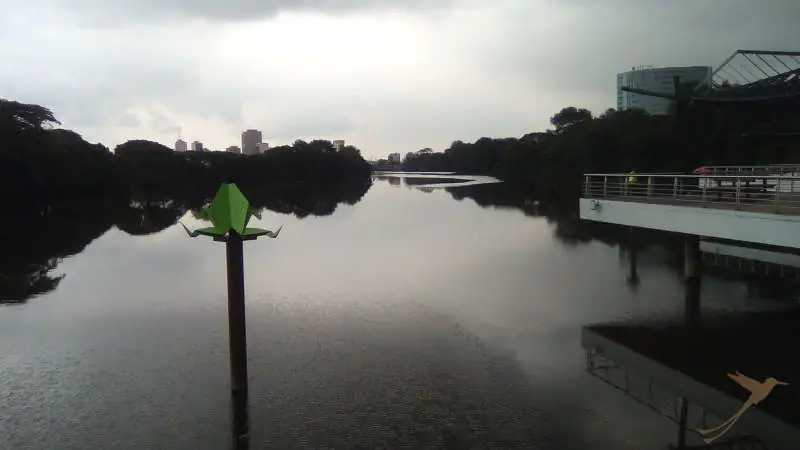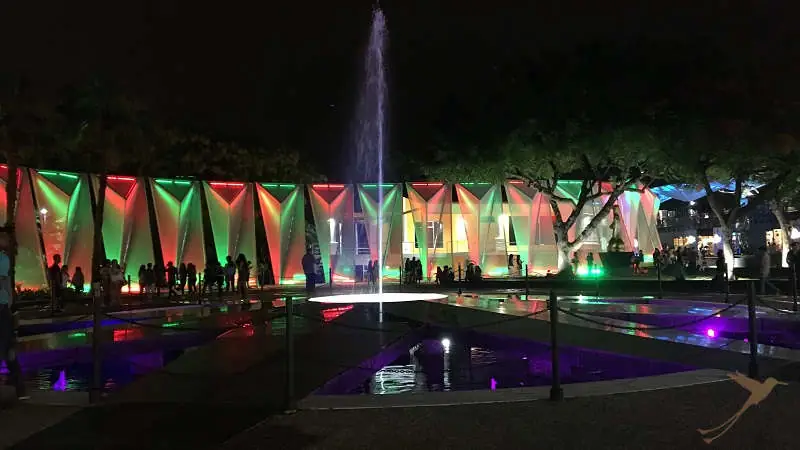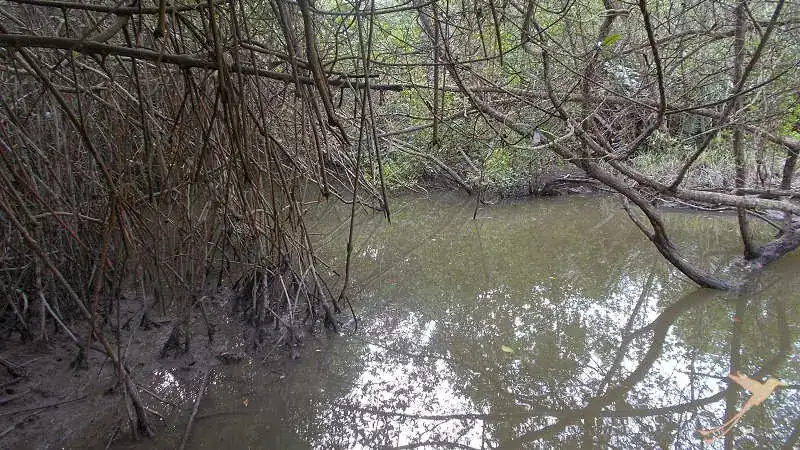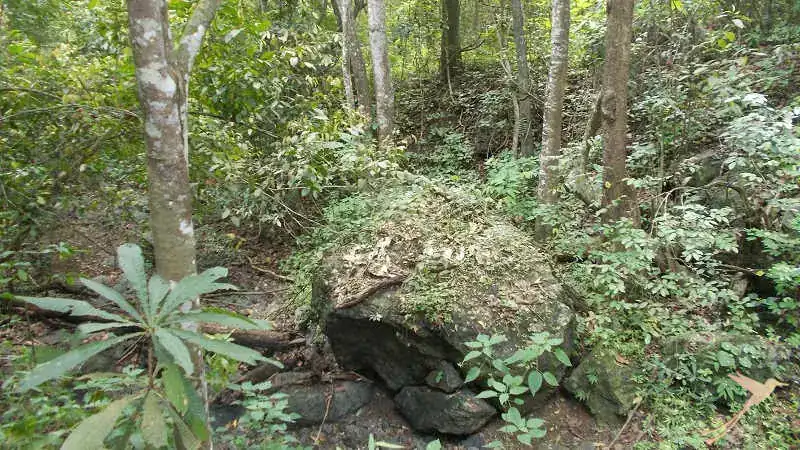
It’s been a while since our last blog entry and first of all we wish you all the best for this new year. We have been pretty busy during the holidays and the first weeks of the year but finally I found some time for an excursion: I spent a weekend in Guayaquil to visit a friend of mine.
Exploring Malecon
Since he attended a course in the morning I wandered around on my own and explored the area of the ‘malecon’ (river promenade). This time it was not the pretty known Malecon 2000 at the Guayas river, but the river promenade of the Estero Salado (‘salted stream’), the zig-zag bridge and the recently inaugurated Guayarte. The park-like river promenade leads all the way long from the zig-zag bridge and ends behind the university of Guayaquil. I could observe some fish jumping in the river.

Guayarte is an urban art, gastronomic and cultural project on both sides of the Estero Salado, connected by the bridge. The more than 50 small buildings on this square are mainly constructed of ship containers and recycled material. They host restaurants, bars, cafeterias and a few arts galleries. On the square there is also a big fountain and some curtain-like constructions.
During daytime there was not much movement but my friend had told me that it would get much more interesting at nighttime.
Zoo El Pantanal and Guayarte at night
After his course, I picked up my friend, we had lunch and afterwards we took the bus to the Zoo El Pantanal. Normally I´m not a big fan of watching animals in small cages. But this zoo was pretty special. It is imbedded perfectly in its natural environment of the mangroves at the riverside and is home to rescued animal, animals that had been in private property and that could no longer be cared for or animals from zoos that had closed. And it was actually the first time I walked through a zoo in a small group with a guide. It was a quite interesting and educational tour.
Later on, we relaxed a bit, had dinner and then headed out again to experience Guayarte at night time. It was amazing and a great difference compared to the situation during the day: Now the area was full of people, there was music everywhere but most impressive were the lights. In all colors they spotted to the walls and illuminated the above-mentioned curtains. I was really impressed. It was pretty difficult to find a free table in one of the bars but finally we did and had a few drinks.

Manglares Churute reserve
The next morning, we took an urban bus to the terminal and from there a regional bus going south. We told the driver to drop us at the entrance of Manglares Churute. At the entrance sign, just a few meters off the road, we entered the reserve and were soon inside a forest. Looking around and up to the tree tops we suddenly spotted a sloth.

We were pretty excited and wanted to watch closer and take pictures but it was just impossible because we were invaded by hundreds of mosquitos. So we literally ran to the reserve’s administration house. There we got information about possible activities inside the reserve and put on a thick layer of mosquito repellent. We actually would have liked to do a boat tour through the mangroves but since we were only two persons it turned out a bit expensive.
So we decided to do two shorter hikes. Therefore, we had to take the bus a few kilometers back to the other entrance of the reserve. From there we took a moto-taxi – three people on a motorbike are not a problem at all in Ecuador – inside the reserve to the beginning of the first trail. It was a short one but very beautiful, on a wooden walkway through the mangrove forest.

There were many holes in the sandy ground – homes to hundreds of colorful crabs. We admired the roots of the amazing mangrove trees half stuck in the water half in the sand and saw some canoes on the river arm.

Monkeys and mosquitos
We left this short trail and walked back on the road, where we had come from with the motorbike, to the beginning of the so called howler-monkey-trail. All the way long we heard the monkeys howling – a very impressive, almost scaring, noise – and some meters before the entrance we saw them jumping around in the tree tops.
We entered the trail and were again inside the forest – and followed by mosquitos. So we walked quite fast on this loop trail. A highlight on this way would be a waterfall. But getting there, it was a bit disappointing because since it had not rained a lot, the ‘fall’ was only a tiny stream. We kept walking and reached the exit of the trail. After a few minutes, a motorbike came and took us back to the mainroad from where we caught the bus back to Guayaquil.

It was a nice excursion and the itching mosquito bites would remind us some more days of our coastal jungle adventure.
Tips to go prepared
I can definitely recommend this trip, it is secure and you will see a lot of particular flora and fauna. But I recommend to come more prepared than we did: long cloths (the climate is hot and humid but with short cloths the mosquitos will just annoy you), mosquito repellent/spray (for the skin that you cannot cover with cloths and to spray it over the cloths), hat, umbrella or rainproof cloths (it can rain quite suddenly), snacks and water (there is no possibility to buy something inside the reserve).
If you are interested in the Ecuadorian nature but do not like so much heat and humidity check out our Nature Tour!







